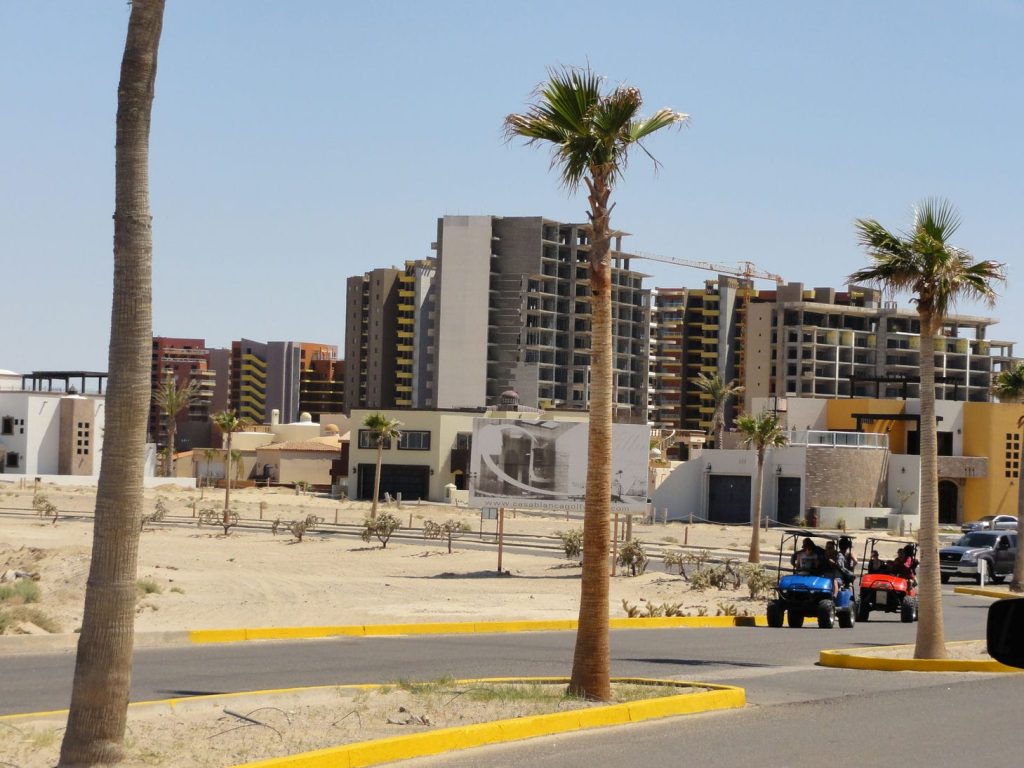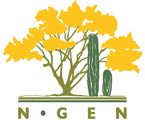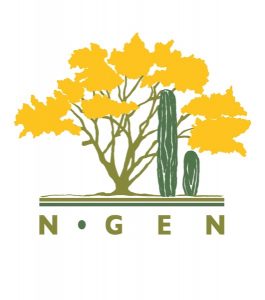
Convener: Lucero Radonic
Participants: Bill Broyles, Helen Ingram, Natalia Martinez, Rodrigo Renteria
This small session was convened to discuss the political ecology of urban spaces in the Sonoran Desert. As cities in this region continue to expand, it is important to incorporate the built environment and urban resource users into our realm of study –be it in the life sciences or the social sciences.
The discussion went along two lines: 1) The importance of educating the public about the value of their surrounding ecosystem, and 2) cross-disciplinary communication, especially between natural and social scientists working in the desert and the urban planners and developers who are materially shaping the desert.
Urban planning as a discipline has traditionally followed an algorithm that rarely recognizes the particularities of local ecological and social systems. In the case of this region, this means that the ecological richness and fragility of the Sonoran Desert is often not acknowledged when issues of urban zoning are on the table. Participants agreed that regional urban growth is characterized by an economy of denial where the long-term cost of sustaining cities at their current rate of energy consumption and expansion is dismissed. For example, green lawns and outsized parking lots –portrayed as signs of social prestige and economic progress– continue to proliferate at a high cost to limited water supplies and open areas.
In light of this discussion, the following question emerged: how can we –as engaged researchers– inform urban growth with a ‘sense of place’ that is rooted in the Sonoran Desert? As a framework, “sense of place’ summarizes the ideal that the physical layout of a community should connect people to their surrounding environment and to each other.
- Education: A travelling exhibit that presents desirable examples of sustainable urban desert life to an audience of urban consumers and real-estate developers.
- Communication: Researchers studying urban environments could establish professional connections with urban planning and architecture departments in their institutions. Early steps include recruiting planning students into general anthropology/natural resource management courses and sharing reading lists with planning/architecture faculty members/students.
- Research: Next Generation Sonoran Desert Researchers should consider expanding or deepening their study of urban ecosystems. An interesting example is the Central Arizona-Phoenix LTER run by Arizona State University.


